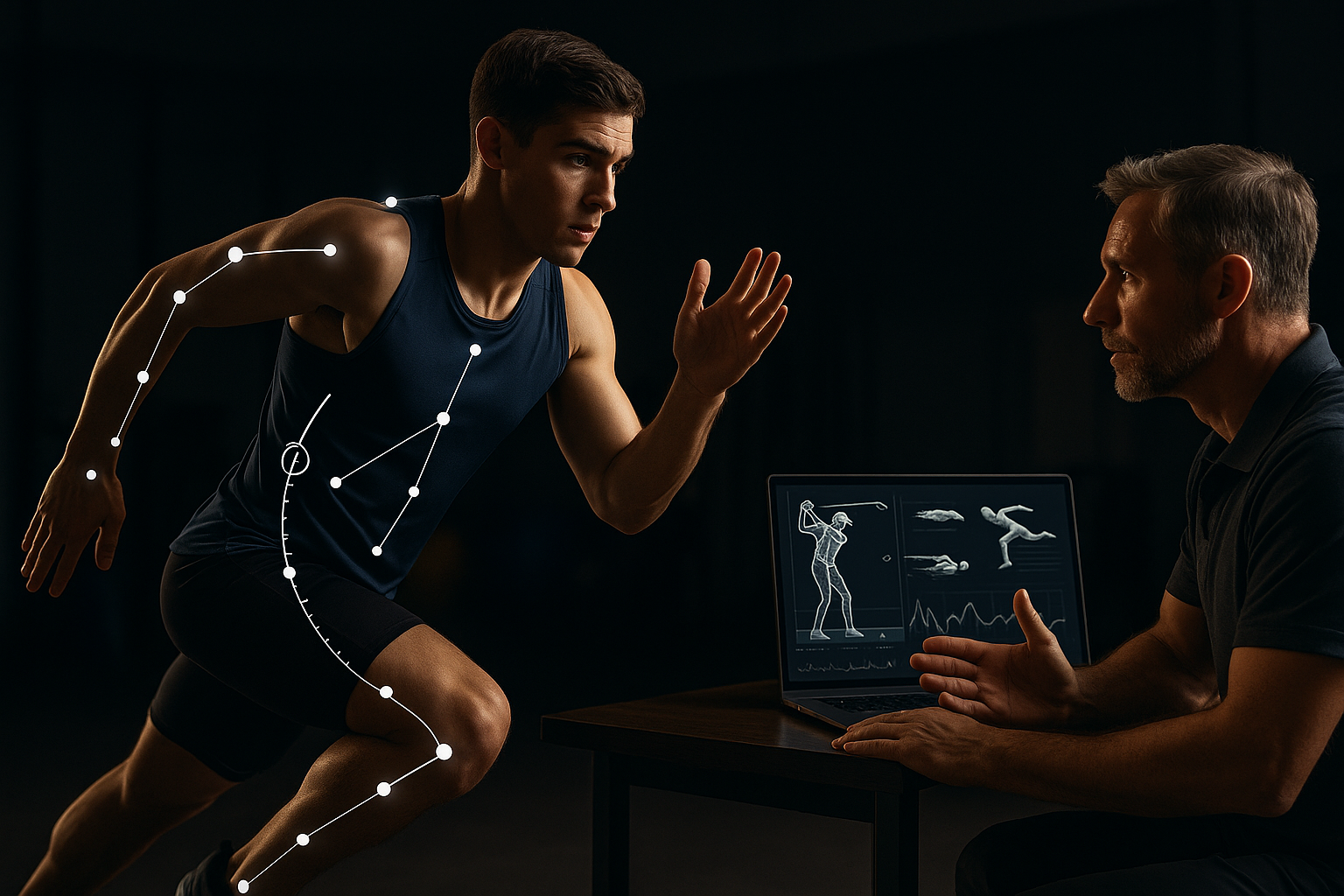Strategies for reducing injury risk through movement screening
Movement screening can help identify movement limitations and asymmetries that increase injury risk. This concise overview explains practical screening strategies, how data and technology support decisions, and ways to improve accessibility and community engagement for safer participation.

Movement screening is an evidence-informed approach to detect movement limitations, asymmetries, and load patterns that can contribute to injury risk. By combining systematic observation, simple tests, and data-driven tools, coaches and practitioners can design targeted training and recovery plans that support safer progression. Screening is most effective when integrated into ongoing training cycles, linked to conditioning goals, and communicated clearly with athletes, medical staff, and community stakeholders.
Analytics and technology in screening
Using analytics and modern technology refines how screening data are collected and interpreted. Software platforms aggregate results from functional movement tests, performance metrics, and wearable sensors to highlight trends across athletes or teams. Analytics help prioritize interventions by quantifying asymmetry, range-of-motion deficits, and workload spikes that correlate with higher injury probability. Importantly, transparent reporting and standardized metrics improve reproducibility so staff can compare outcomes across training phases, facilities, and funding contexts.
Athlete assessment and movement patterns
A practical athlete assessment combines observable tests—such as single-leg squats, hop tests, and mobility screens—with simple strength and balance checks. These assessments reveal compensations or weaknesses in kinetic chains that may predispose an athlete to injury during sport-specific actions. Consistent baseline testing early in a season and periodic reassessments allow coaches to monitor progress, individualize training loads, and track the effectiveness of interventions for conditioning and performance maintenance.
Coaching, training, and conditioning adaptations
Screening should guide training modifications that reduce load-related injury risk without undermining performance. Coaching adjustments may include refining technique, altering progression rates, or prescribing corrective exercises that target identified deficits. Conditioning programs informed by screening data can balance strength, power, and mobility work while staggering intensity to avoid acute spikes. Effective integration requires collaboration between coaching, performance, and medical staff so that athlete workloads, recovery protocols, and on-field drills align with screening insights.
Wearables, biomechanics, and monitoring
Wearables and biomechanical tools expand real-time monitoring of movement quality and workload. Inertial sensors, force platforms, and motion-capture solutions quantify joint angles, ground reaction forces, and repetition counts to augment observational screens. These technologies can detect subtle changes in movement that precede symptoms, enabling earlier intervention. However, equipment choice should match need and budget: simple accelerometers may be sufficient for workload monitoring, while advanced biomechanical analyses are more appropriate for complex gait or technique investigations.
Recovery, nutrition, and injury management
Screening findings are most valuable when paired with recovery and nutrition strategies that support tissue resilience. Identified deficits often respond to structured recovery plans—sleep optimization, periodized rest, and targeted soft-tissue work—combined with nutrition to support repair and inflammation management. Screening can also flag athletes who may need referral to medical professionals for diagnostic imaging or targeted rehabilitation, ensuring recovery plans are evidence-informed and integrated into return-to-play decision making.
Grassroots, community access, facilities, and engagement
To reduce injury risk across populations, movement screening must be accessible beyond elite environments. Community programs and grassroots clubs can adopt scaled screening protocols that require minimal equipment and training. Engagement with parents, local coaches, and funding partners helps extend screening reach to facilities with limited resources. Clear communication about the purpose and limitations of screening increases uptake, and partnerships with local health services can improve accessibility for follow-up care when needed.
This article is for informational purposes only and should not be considered medical advice. Please consult a qualified healthcare professional for personalized guidance and treatment.
In summary, movement screening is a practical component of injury-risk reduction when combined with analytics, targeted coaching, appropriate technology, and community-focused implementation. A balanced approach—one that considers athlete assessment, progressive conditioning, recovery, and accessible delivery—supports safer participation and sustainable performance development across levels of play.





